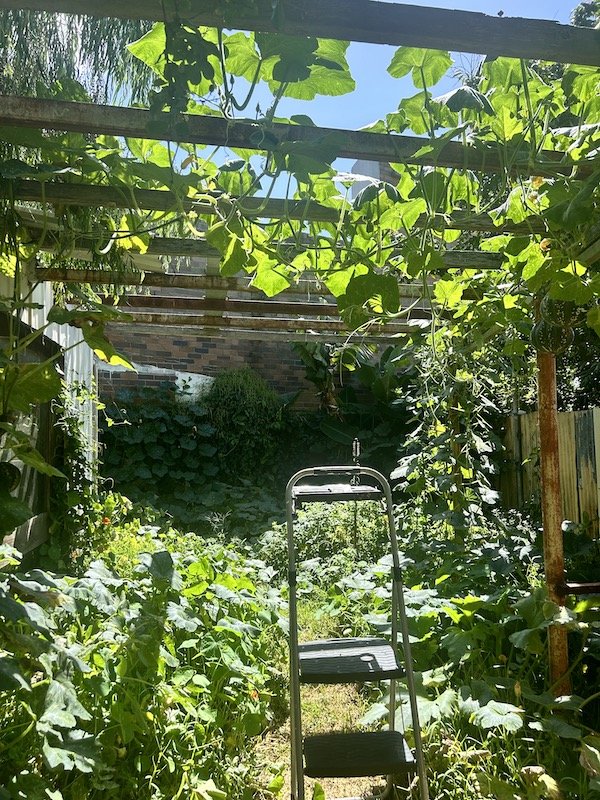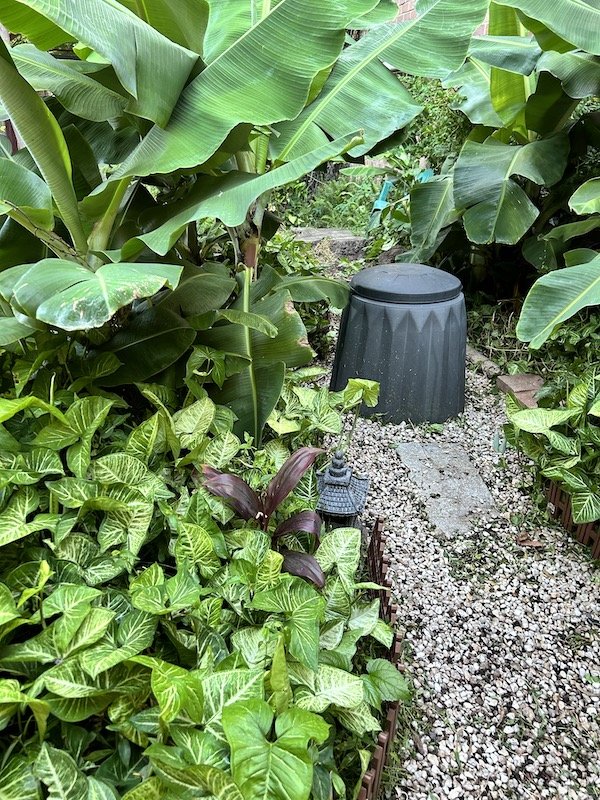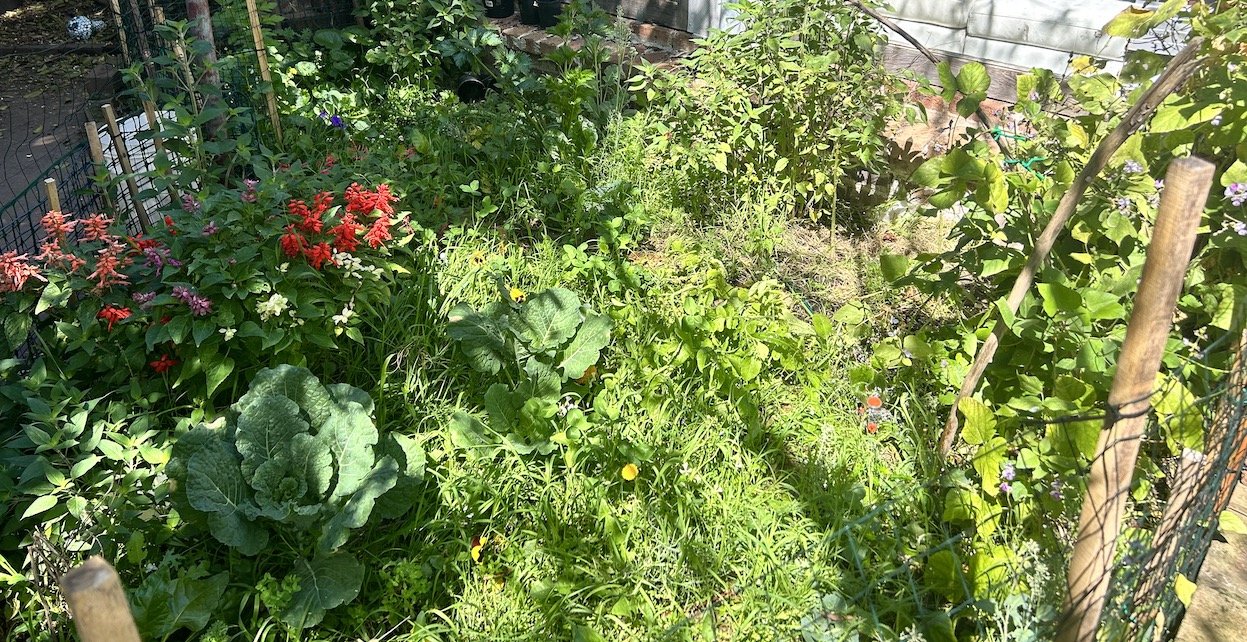Co-Designing with Nature: The “Do-Nothing” Approach to Permaculture
Harvesting celery seeds
Permaculture is often described as “permanent agriculture,” an umbrella term that includes various philosophies, methodologies, and practices aimed at creating sustainable, self-sufficient ecosystems. When you think of permaculture, what images and thoughts come to mind?
Do you see rows of weed-free heirloom vegetables covered in sugar cane mulch? A mandala garden full of vibrant flowers, or manmade swales on a mountainside filled with banana trees?
While these are all valid expressions of permaculture and organic farming, they don’t fully align with my approach.
Inspired by the works and philosophies of Masanobu Fukuoka and Baskar Save ji and the teachings of Mother Nature, I practice what is known as the “do-nothing” way. But what does “do-nothing” really mean?
In practice, it’s a departure from conventional methods: no neatly lined rows of produce, no trenches or swales. There’s minimal weeding, no daily watering, and no tilling. Instead, the designs are co-created with nature, allowing her to tell me what thrives best and where. Often, nature plants her own seeds alongside mine, teaching me what flourishes in each space.
Do nothing designs reflect the goal of reducing energy expenditure and creating a food forest, where fruits, vegetables, native plants, ornamentals, and even certain weeds coexist, creating a thriving ecosystem. While individual crop yields may be smaller, the overall variety and abundance are far greater. I have found that this diversity not only enriches the local ecology but also enhances the nutrition and flavour of the food grown.
At the heart of this method is observation. By carefully watching the sun’s path, weather patterns, and seasonal changes, we can learn the rhythms and behaviours of the land. These insights inform the design, allowing us to work with nature rather than against it.
So how do we begin?
Nasturtium, zucchini and pumpkins vines
We always start with the soil.
Soil quality is our main priority. It serves as the foundation for all life to thrive on land and is essential for producing nutritious food and maintaining a healthy ecosystem. To ensure the vitality of our soil, we begin by laying down wood or sugar cane mulch, gradually transitioning to green manure (Like clovers, legumes, daikon) or green ground cover (Such as, sweet potato, peanut plant, nasturtium). In doing so, we rebuild the lost habitat and structure in the soil, protecting it from wind, heat, water erosion, and the loss of moisture. Throughout the design site, we also strategically place compost bins into the ground, leaving the compost undisturbed. These bins act as lighthouses in the dark, attracting life to the surrounding area and providing food, shelter, and potential mates for our underground friends. All those beautiful worms, insects, bacteria and fungus are our helpers here. We cultivate a habitat for them and they in turn help us.
The “do-nothing” philosophy focuses on minimal intervention, aligning with several core principles:
No Tilling: Preserving soil structure and the life within it.
Minimal Weeding: Allowing plants to establish their own equilibrium, we work with weeds, dependant on the variety.
No Chemical Fertilisers or Pesticides: Relying on mulch, chop and drop, occasional seaweed juice and natural processes for soil fertility and selective planting for pest control.
Minimal Watering: We want the plants to be happy where they are, and they can achieve this when they can sustain themselves through natural rainfall patterns, after they have secured their place in the soil.
By observing and learning from nature, I’ve shifted from an intensive gardening approach to a more sustainable, less labor-intensive system. For me, this journey embodies the essence of permaculture: working with nature rather than against it, creating thriving, resilient ecosystems through patience, respect, and careful observation.
If you’re inspired by the idea of transforming your garden or land into a thriving food forest, this approach offers a practical and nature-aligned path. Imagine a landscape where fruits, vegetables, and native plants grow together naturally, reducing the need for constant upkeep. By letting nature guide the process, we create spaces that are not only productive but also beautiful and ecologically balanced.
Together, we can create a sustainable future, one garden, one farm at a time. Happy Growing!
Banana Trees around compost bin
This was once all red hot sand, which was then rehabilitated using the “do nothing” method.





















